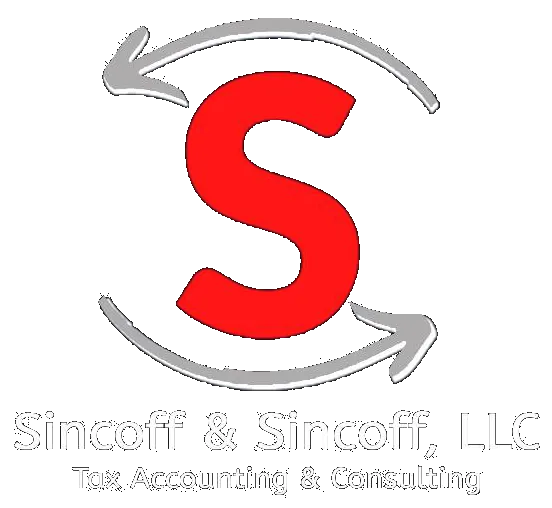I used to view tax season like most people—with a mixture of dread and resignation.
Each April, I’d scramble to find receipts, download statements, and pray that I hadn’t missed some magical deduction that would save me thousands.
My focus was singular: pay less tax this year.
Full stop.
Then a conversation with a friend’s financial advisor shifted my entire perspective.
“You’re playing checkers when you should be playing chess,” he remarked, watching me sort through a shoebox of receipts.
“Tax deductions are just tactical moves. Building wealth through taxes requires strategy.”

Stratigic Wealth Building
The Chess Game of Tax Planning
Most of us were never taught to think strategically about taxation. We focus on the immediate: mortgage interest deductions, charitable giving, maximizing 401(k) contributions. These aren’t wrong moves—they’re just first-level thinking in a multi-dimensional game.
Breaking Free From the Annual Tax Cycle
The wealthiest individuals don’t experience taxation as an annual event—they experience it as an ongoing process integrated into every financial decision. Their question isn’t simply “How can I pay less this year?” but rather “How can each financial move position me for optimal tax outcomes over decades?”
This perspective transforms taxes from an extractive burden into a wealth-building framework. The tax code isn’t just a set of rules to comply with—it’s a roadmap of incentives designed to encourage certain behaviors. When you understand these incentives deeply, you can align your financial choices with them deliberately.
The Time Value of Tax Deferral
When I first learned about compound interest, I was captivated by how money could grow exponentially over time. What took me longer to appreciate was that the same principle applies to tax savings—with even more dramatic results.
The Undiscussed Power of Timing
Strategic tax planning recognizes that when you pay taxes matters as much as how much you pay. A dollar of tax saved today and invested might be worth five dollars in future wealth. Conversely, accelerating income recognition in low-income years can save substantially more than spreading it evenly across high-income periods.
This timing element creates counterintuitive opportunities. For example, many retirees find themselves in a “tax valley” between retirement and required minimum distributions. This period offers a window for Roth conversions, capital gain harvesting, or income acceleration that might seem tax-inefficient in isolation but prove brilliantly strategic when viewed across a lifetime.
Asset Location: The Hidden Wealth Multiplier
Most financial discussions focus on asset allocation—how you divide investments between stocks, bonds, and other classes. Far fewer address asset location—which investments belong in which types of accounts for optimal tax treatment.
Beyond Basic Tax Sheltering
The most sophisticated wealth builders meticulously match investment types with account structures. They place tax-inefficient assets (like corporate bonds or REITs) in tax-sheltered accounts and tax-efficient holdings (like growth stocks held for years) in taxable accounts.
This approach isn’t just about avoiding taxes—it’s about creating optimal after-tax returns from every dollar invested. Over decades, this positioning can create hundreds of thousands in additional wealth without changing your underlying investment approach.
Business Structuring as Tax Architecture
For business owners and self-employed individuals, entity choice and compensation structure become powerful levers for building wealth through strategic tax planning.
The Self-Employment Tax Opportunity
The 15.3% self-employment tax represents one of the heaviest tax burdens for many entrepreneurs. Yet business structures like S-corporations can allow for legitimate income characterization that reduces this burden while building retirement assets through qualified plans.
What’s fascinating is how these structures can evolve with your business. The optimal approach for a startup often differs dramatically from what works for a mature, profitable enterprise. Tax planning that evolves with your business life cycle can unlock opportunities inaccessible through static approaches.
Generational Wealth Transfer: Tax Planning’s Ultimate Expression
Perhaps the most profound tax planning occurs in how wealth transitions between generations.
Beyond Basic Estate Planning
While basic estate planning focuses on minimizing estate taxes, transformative wealth transfer strategies look at income tax basis, timing of transfers, and education funding with multi-generational vision.
Techniques like “upstream gifting” (temporarily transferring appreciated assets to elderly parents with unused exemptions) can reset tax basis and save heirs substantial capital gains taxes—just one example of how thinking beyond one’s own lifetime creates remarkable tax efficiency.
From Tax Compliance to Tax Intelligence
Moving from reactive tax preparation to strategic tax planning requires a fundamental shift in how you think about your financial life. It means seeking advisors who think in decades rather than tax seasons, and who integrate tax planning with your broader financial, business, and family goals.
The wealthiest families have always understood what many of us are just beginning to recognize: tax strategy isn’t about clever deductions or aggressive positions. It’s about aligning your financial decisions with tax incentives in ways that compound over time, transforming taxation from a burden into one of your most powerful wealth-building tools.





